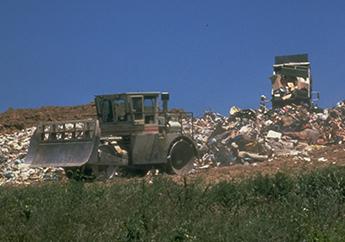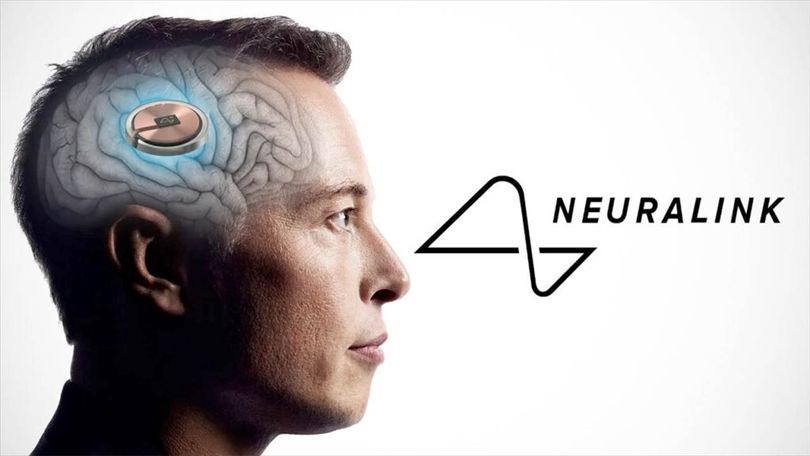Here in Washington, we have our own landfill, where trash is dumped out by both garbage trucks and individuals alike. It’s a place to consolidate all of our trash instead of simply dumping it in forests and rivers. However, is such a setup actually a net positive for the environment? And how do other methods compare?
Our first assumption about landfills is that, generally, they stop most of our waste from ending up polluting the environment. According to OurWorldInData.org, anywhere from 1-2 million tonnes of plastic ends up in the oceans each year, approximately 0.5% of which is placed in landfills each year. Clearly, our landfills have a leakage problem. Additionally, the land used for our landfills become contaminated, unable to sustain any sort of wildlife for thousands of years, due to how long it takes for plastic to dissolve.
A popular alternative to landfilling trash is incineration. When trash is incinerated, it is put in a large chamber that is then burnt, and the fumes are released into the atmosphere. Although this at first may appear to solve the problem of plastic waste in the ocean, it creates another problem: greenhouse gasses. According to the Environmental Protection Agency (EPA), solid waste combustion creators over nine 9 million tons of CO2 in 2022 alone. To take the plastic out of our oceans and into our already suffering atmosphere is not an appealing solution.
Although recycling would be a better alternative to both incineration and landfills, not all materials can be recycled. Even those that can are often just thrown away, due to how much more cost effective it is to simply throw it in a landfill. However, even though much trash can’t be recycled, it still can be dealt with in other ways. According to the Missouri Department of National Resources, 21% of our state’s waste is food waste. That waste could simply be composted instead of thrown away, mitigating a large portion of that problem.







